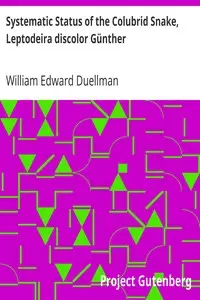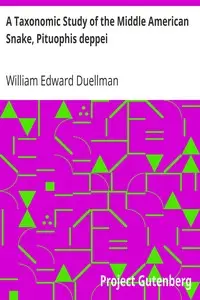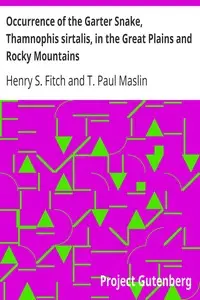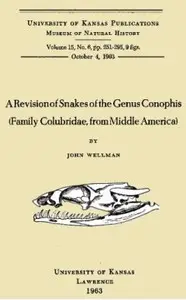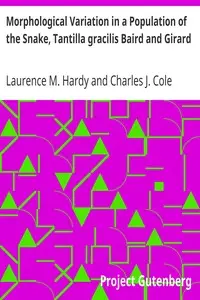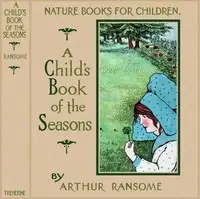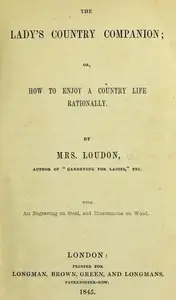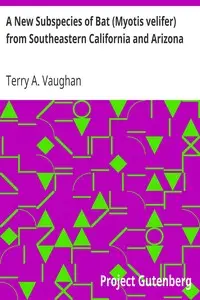"Hybridization Between Two Species of Garter Snakes" by Hobart M. Smith is a scientific paper created in the 1940s that looks at the garter snakes, "Thamnophis radix" and "T. marciana," mainly in southern Kansas. The paper is about when these two different types of snakes mix together and what happens to how they look; Smith explains how to tell the two snake types apart by their colors and stripe patterns, also noting that some "radix" snakes start to look like "marciana" ones. He talks about snakes that might be mixes of the two, showing how they have some features of both, and ultimately, Smith believes that even though the snakes sometimes mix, they mostly stay different from each other where they live together.
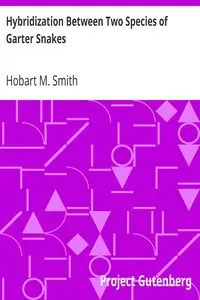
Hybridization Between Two Species of Garter Snakes
By Hobart M. (Hobart Muir) Smith
Discover the secrets of snake genetics where two distinct garter snake species sometimes crossbreed, blurring the lines of nature's design.
Summary
About the AuthorHobart Muir Smith, born Frederick William Stouffer, was an American herpetologist. He is credited with describing more than 100 new species of American reptiles and amphibians. In addition, he has been honored by having at least six species named after him, including the southwestern blackhead snake, Smith's earth snake, Smith's arboreal alligator lizard, Hobart's anadia, Hobart Smith's anole, and Smith's rose-bellied lizard. At 100 years of age, Smith continued to be an active and productive herpetologist. Although he published on a wide range of herpetological subjects, his main focus throughout his career was on the amphibians and reptiles of Mexico, including taxonomy, bibliographies, and history. Having published more than 1,600 manuscripts, he surpassed all contemporaries and remains the most published herpetologist of all time.
Hobart Muir Smith, born Frederick William Stouffer, was an American herpetologist. He is credited with describing more than 100 new species of American reptiles and amphibians. In addition, he has been honored by having at least six species named after him, including the southwestern blackhead snake, Smith's earth snake, Smith's arboreal alligator lizard, Hobart's anadia, Hobart Smith's anole, and Smith's rose-bellied lizard. At 100 years of age, Smith continued to be an active and productive herpetologist. Although he published on a wide range of herpetological subjects, his main focus throughout his career was on the amphibians and reptiles of Mexico, including taxonomy, bibliographies, and history. Having published more than 1,600 manuscripts, he surpassed all contemporaries and remains the most published herpetologist of all time.

